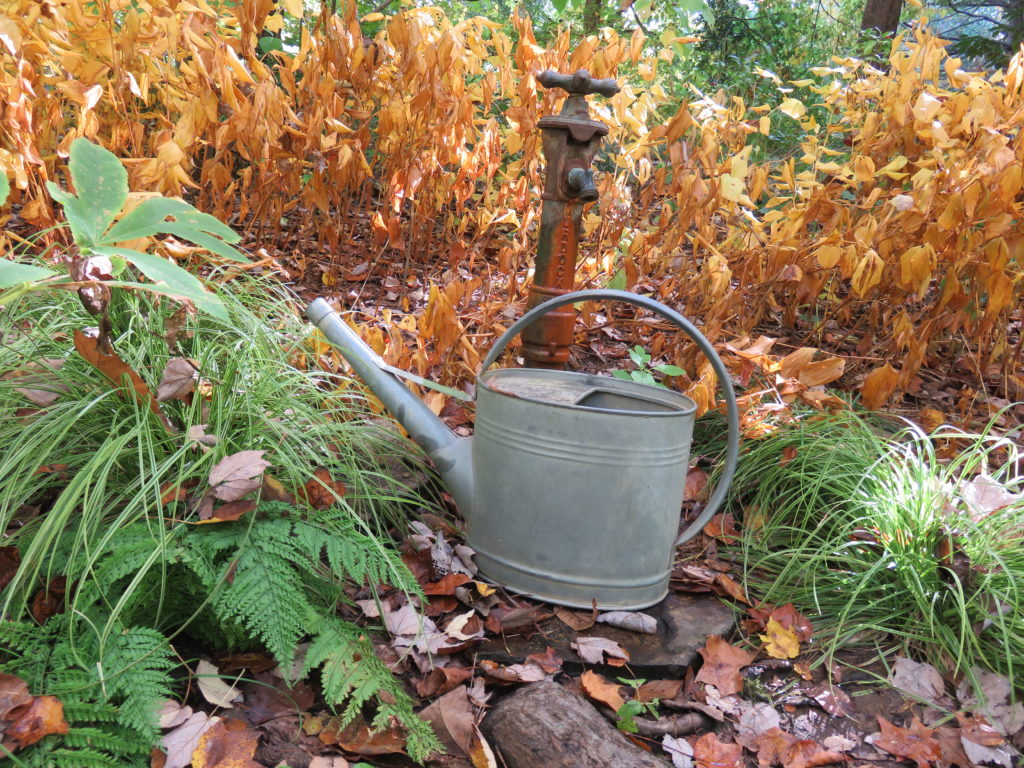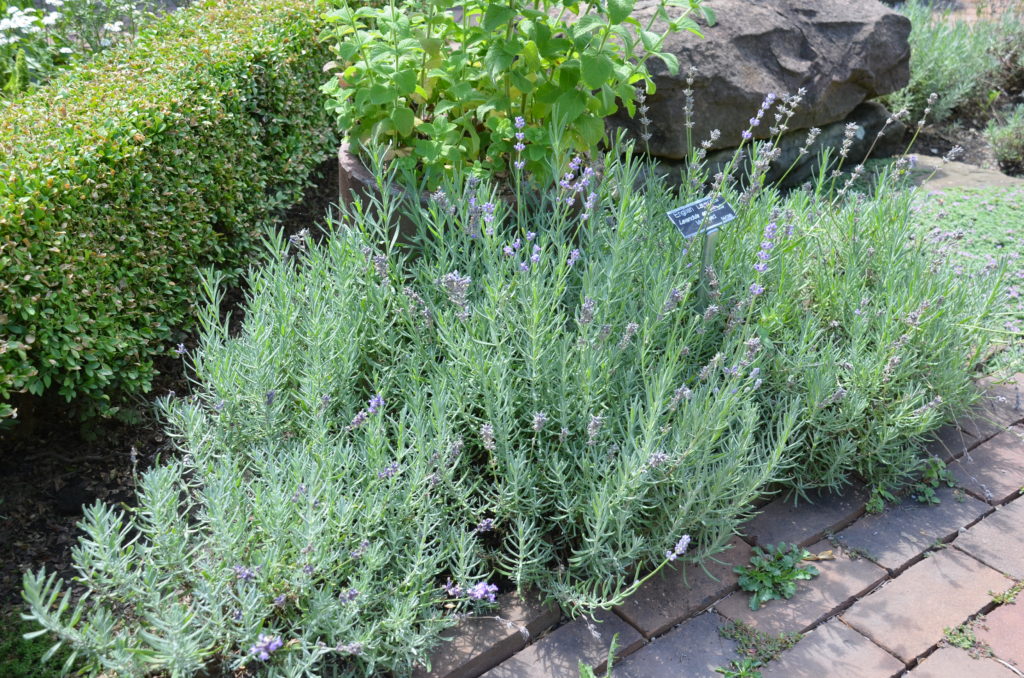
When the heat of the summer settles in, water is in high demand. Here is some practices to implement when planting a water-wise garden,
irrigating lawngrass, and better mulching practices to improve soil moisture levels:
- Lawn grass species vary in their water needs. Cool season grasses like fescues and bluegrasses are moderately drought tolerant, turn off-color during dry periods (“their summer dormancy”), and recover when adequate rainfall returns. Warm season grasses like bermuda and zoysia grasses are more drought tolerant than fescues and bluegrasses.
- Irrigate in the morning to reduce water loss to evaporation and minimize disease risks.
- Plant more drought tolerant plants. For examples, cacti , euphorbias, and succulents are low water users. Many prairie flowers such purple coneflowers (Echinacea), black-eyed Susans (Rudbeckia), blanket flower (Gaillardia), yarrows (Achillea), hyssop (Agastache), Russian sages (Perovskia), lavenders (Lavandula), and sedums are some favorites.
- Repair leaks in hoses and faucets.
- Don’t use fine mist sprinklers and avoid watering on a windy day.
- Drip or trickle irrigation systems are better water users than overhead sprinklers
- Target sprinklers to irrigate plants and not driveways and walkways.
- Collect rainwater in rain barrels or rain gardens.
- Mulch using organic amendments such as pine bark, pine needles, and wood mulches will reduce surface evaporation. Newspapers, cardboard, and grass clippings serve as good mulches.
- Summer pruning to reduce vegetative competition.


 Posted in
Posted in 
